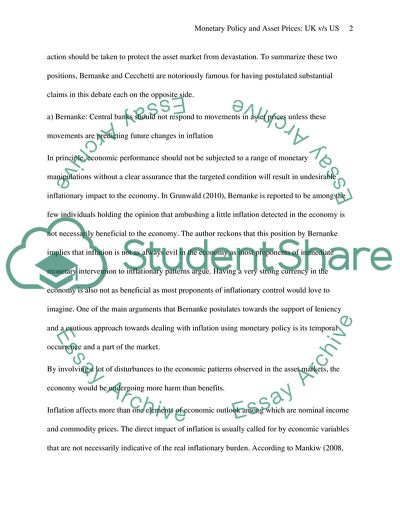Cite this document
(Relationship between Monentry Policy and Asset prices: Evidence from Literature review, n.d.)
Relationship between Monentry Policy and Asset prices: Evidence from Literature review. Retrieved from https://studentshare.org/finance-accounting/1755335-relationship-between-monentry-policy-and-asset-prices-evidence-from-uk-and-us
Relationship between Monentry Policy and Asset prices: Evidence from Literature review. Retrieved from https://studentshare.org/finance-accounting/1755335-relationship-between-monentry-policy-and-asset-prices-evidence-from-uk-and-us
(Relationship Between Monentry Policy and Asset Prices: Evidence from Literature Review)
Relationship Between Monentry Policy and Asset Prices: Evidence from Literature Review. https://studentshare.org/finance-accounting/1755335-relationship-between-monentry-policy-and-asset-prices-evidence-from-uk-and-us.
Relationship Between Monentry Policy and Asset Prices: Evidence from Literature Review. https://studentshare.org/finance-accounting/1755335-relationship-between-monentry-policy-and-asset-prices-evidence-from-uk-and-us.
“Relationship Between Monentry Policy and Asset Prices: Evidence from Literature Review”. https://studentshare.org/finance-accounting/1755335-relationship-between-monentry-policy-and-asset-prices-evidence-from-uk-and-us.


